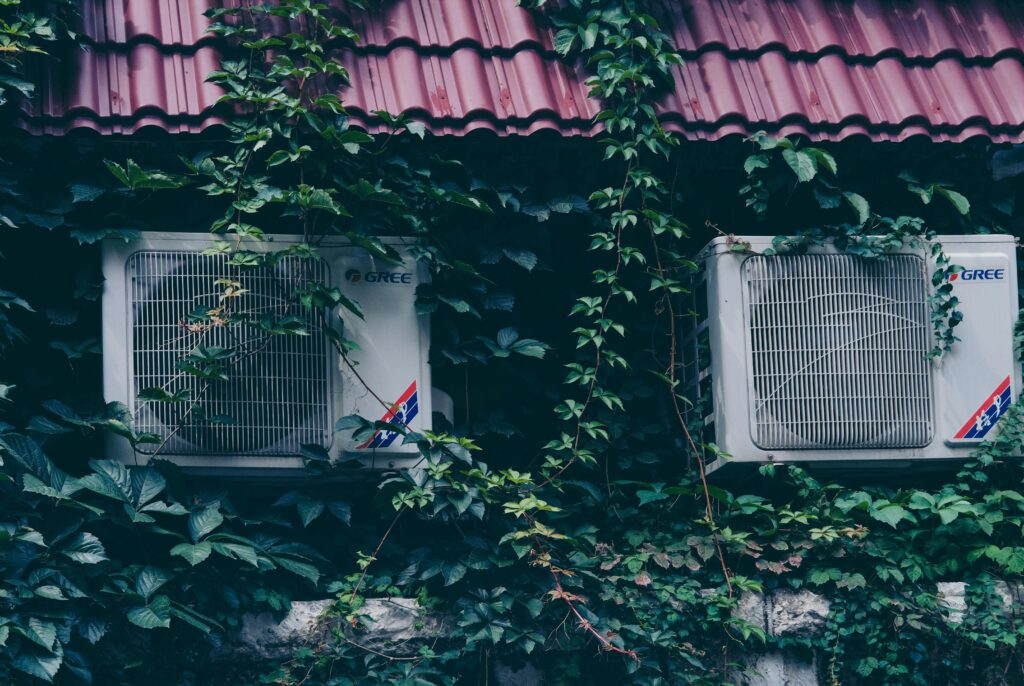
From 1st July 2025, the ambiguous program of $2.3 billion battery rebate has been successfully rolled out across Australia. With the launch of this program, a significant rise in residential solar storage installations has been noted. Installing batteries can reduce non-renewable electricity consumption significantly.
However, homeowners should also keep in mind that solar batteries alone will not cut your power bill by 90%. Along with the investment in solar panels and storage, energy-efficient home upgrades are mandatory. According to a report by the Climate Council, homeowners can cut their electricity consumption costs by 50-70% through proper insulation and HVAC systems upgrades.
The following section of this article will explore the aspects of a whole-home efficiency approach to develop a climate-resilient home.
Why Does Home Energy-Efficiency Matter?
Home energy efficiency is crucial for two reasons. Firstly, it reduces your monthly energy expenses by optimising the energy consumption. Secondly, investing in energy-efficient appliances minimises the carbon footprint, leading to the conservation of non-renewable resources for future generations. On top of these, experts advise home energy efficiency for the following reasons as well.
- Summers Are Now Hotter: Due to climate change, summers are now hotter across the globe. Therefore, the climate puts additional pressure on the HVAC equipment to keep the home interior cool during scorching heat waves.
- Heating or Cooling Loss: Heating or cooling loss is a potential reason behind the high energy consumption of households. You need to check the doors and windows of your home, along with the insulation. Periodic home inspections can identify and resolve such issues.
- Poor Thermal Control: HVAC systems that are aged or old may exhibit poor thermal control. The newly launched equipment comes with more advanced technologies, which eventually help in better thermal control.
Insulation: Your Home’s First Line of Defence
A robust home insulation is essential to prevent heating or cooling loss. Minimising heating or cooling loss eases pressure on the HVAC systems. The motor has to cope with less load to maintain a hot or cool temperature inside a room. Besides lowering energy consumption, good insulation enhances the overall lifespan of the HVAC systems.
Homeowners should conduct periodic home insulation inspections to ensure that heating or cooling loss remains minimal. While considering home insulation, one should give special attention to the following parts of the home.
- Roof and Ceiling: Most homeowners keep the roof uninsulated, which results in 35% heat escape. In summer, the reverse phenomenon can be seen, as a significant amount of heat enters a home through the roof during the daytime. Therefore, roof and ceiling insulation is essential to reduce your monthly energy bills.
- Walls: It is common to insulate the walls using high-quality insulation materials. A seamless insulation ensures insignificant heating or cooling loss through the walls. For wall insulation, choosing the right material is crucial. While fibreglass is a common option, foam insulation proves more effective in reducing heat transfer.
- Floors: Should you consider floor insulation when upgrading the home insulation? The answer is yes, since the floor can contribute to a significant heating or cooling loss, especially if they are made of timber. Effortless insulation ensures that your wooden or timber home remains warm and comfortable during extreme winters.
The Introduction of Phase Change Materials
Phase Change Materials (PCMs) are invisible to the eyes, though incredibly powerful in terms of performance. PCMs are smart materials that can meticulously release or absorb heat, as they manoeuvre between solid to liquid states. This is similar to the melting of ice, which absorbs heat from the environment to transform from a solid to a liquid.
PCMs make a big impact on maintaining the heating and cooling of the home interior by transforming between solid and liquid states. These materials are particularly effective under the following scenarios.
- PCMs work effectively on ceiling tiles and plasterboard walls.
- They also work well with the floor panels, especially over slab-on-ground builds.
- Rooms that get heated due to west or north-facing windows should also invest in PCMs.
A study conducted by ARENA suggests that PCMs can reduce the peak cooling demand for households in the summer by 30%. Therefore, it becomes easier to cool a home with a small HVAC system, leading to lower upfront expenses and more affordable energy bills.
Conclusion: Role of the Energy-Efficiency Home Rebates
The battery rebate introduced for the homeowners in Australia is a giant leap towards a sustainable future. However, installing solar and investing in solar storage are not the only things that can provide relief to homeowners from hefty energy bills. They additionally need to embrace other energy efficiency measures to reduce energy expenses.
From insulation inspections and upgrades to investing in PCMs, a homeowner should take all the recommended measures discussed in this article. When it comes to lowering energy bills, choosing the right energy provider also matters.
Connect With Us is a platform dedicated to residential and commercial energy efficiency and optimisation. Contact our experts to switch your energy retailer and obtain useful tips on upgrading home efficiency. Make a step towards a sustainable and financially rewarding future with us.
